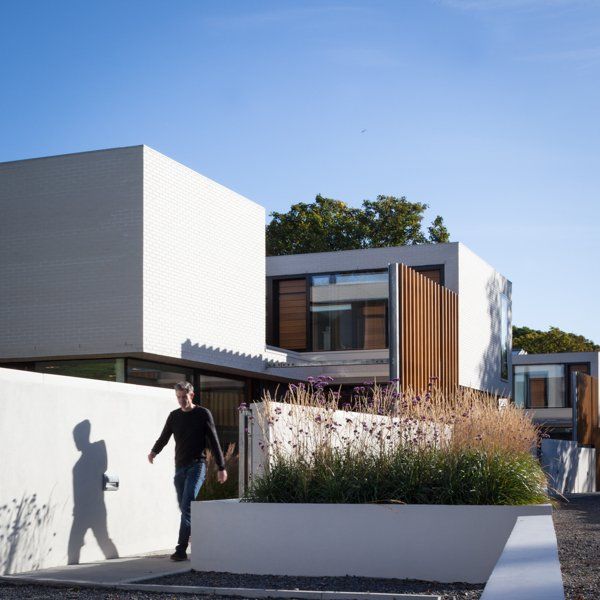Good design need not cost more
(although, it can if you want it to!)
Good design can seem almost effortless, when often it is anything but!
When the design of a home, a product or a digital environment has been considered the experience responds to the needs of its just users and seems largely invisible - it just feels right. It's not about expensive materials and branding, it's about understanding the user and positively responding to their needs and desires. The design of a home is similar, it doesn't rely on expensive materials, good design is about making the most of the available materials - a well-designed house will be a pleasure to live in and it doesn't need to cost more than a badly designed one.
So, what exactly constitutes good house design?
In our opinion, good house design is the architectural expression of your needs and lifestyle, combined with our own sense of style and original thought. During the design phase, we will collaborate with you to interpret your house design ideas and ensure that they are appropriate for their intended use. We will also challenge your preconceptions and add architectural interest if that is what you are looking for in your design. If you are still working on paper, it is simple and quick to try out different ideas and make changes. This is where our knowledge, experience, and willingness to listen will be of greatest benefit in helping you realize your dream home. We'll provide the wow factor if you provide the site.

Articles










